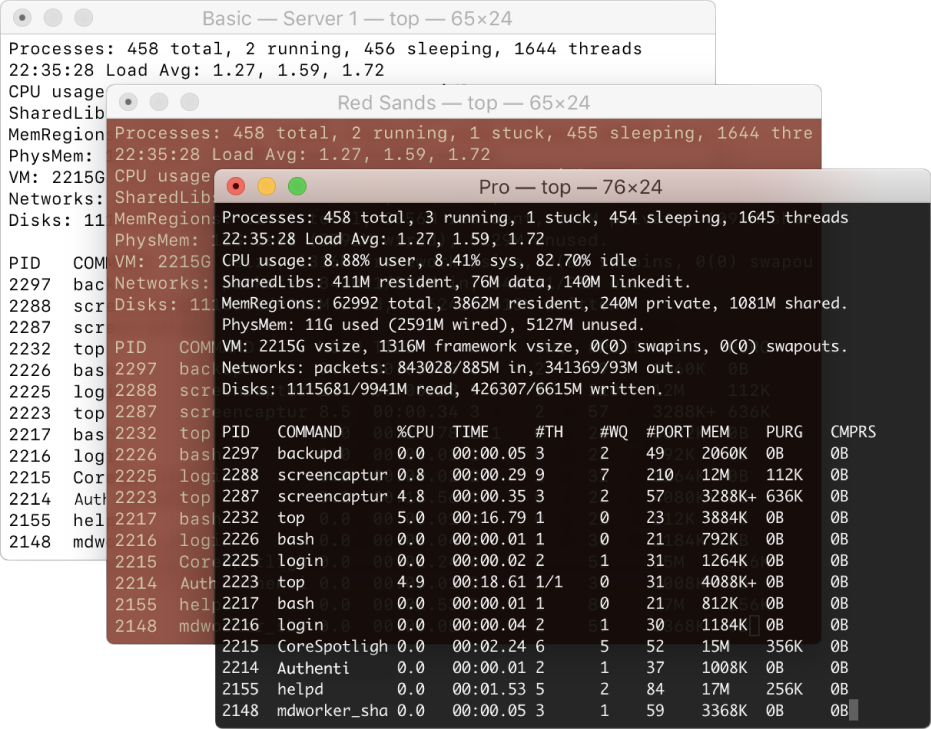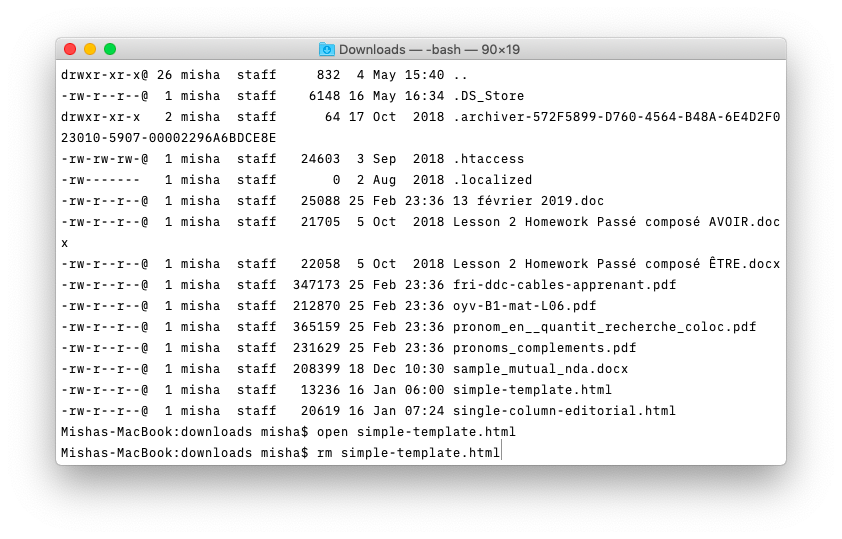

- MAC CREATE NEW FILE TERMINAL INSTALL
- MAC CREATE NEW FILE TERMINAL SOFTWARE
- MAC CREATE NEW FILE TERMINAL CODE
- MAC CREATE NEW FILE TERMINAL PLUS
MAC CREATE NEW FILE TERMINAL SOFTWARE
Easily Create DMG File Using a Mac Data Recovery Software You can access the stored content from the mounted disk image file. Besides, the Disk image file can help recover data if the source drive is corrupt, damaged, or dead.ĭisk Utility mounts the image file on the sidebar of Finder and Desktop. So, Mac software products are distributed over the Internet in the. Further, the image file can be encrypted for added security.

The image file is easy to store and quick to share through the Internet. The Need for Apple Disk Image FileĪpple disk image file is immensely helpful in creating a clone or backup of a Mac drive or volume. To delete a disk image file, trash the file or use Command + Delete hotkey. Suppose you want to eject a mounted Apple disk image, then drag and drop the drive icon to Trash. Also, when you open an image file, it mounts as a volume in Finder. To create a disk image file for an internal or external Mac device, you can use Disk Utility or a third-party data retrieval software. For instance, if you create disk image of a Mac drive with Boot Camp partition, the disk image file will have two file systems-APFS for macOS and NTFS for Windows. The image file can have multiple file system formats that exist on a storage medium. DMG that holds the structure and contents of a storage disk or volume. What if the DMG File itself is Deleted or Lost?Īpple disk image file is a particular file with the extension of. Create DMG File Using a Mac Data Recovery Softwareĥ. What if the DMG File Itself is Deleted or Lost?ģ.Easily Create DMG File Using a Mac Data Recovery Software.It’s a simple tip that has greatly sped up my workflow setting up projects.
MAC CREATE NEW FILE TERMINAL CODE
$ touch src/components/Child2.js & code -r src/components/Child2.js
MAC CREATE NEW FILE TERMINAL INSTALL
Open the Command Palette (⇧⌘P) and type ‘shell command’ to find the Shell Command: Install ‘code’ command in PATH command.Here are the instructions from the VS Code site: To launch files from the terminal you need to run a command first.
MAC CREATE NEW FILE TERMINAL PLUS
Plus it’s free, open source, has a great UI and useful package extensions. I love the default terminal and git integration. Visual Studio Code is my text editor of choice. Keep pressing up or down to go through your recent commands.


 0 kommentar(er)
0 kommentar(er)
